You already know and love the heavy-hitters—blueberries, raspberries, strawberries, and blackberries—but the berry world is much bigger (and greener) than what’s in your grocery cart. While most of us think of berries as sweet, colorful, and ready for smoothie bowls, some of the most intriguing types come in shades of green — and they often fly under the radar.
If we’re talking botany, a berry is technically any fleshy fruit that develops from a single flower with one ovary and contains seeds — meaning that bananas, grapes, and even tomatoes all qualify. But for fruit lovers, foragers, and survivalists, the term “berry” usually points to something juicy, seed-speckled, and naturally nourishing — the kind of fruit you can pop in your mouth on a hike, add to a jam pot, or rely on in a pinch when nature’s your pantry.
So, what’s the deal with green berries? Some are wild, tart, and packed with antioxidants; others are cultivated treasures with culinary or medicinal value. A few are toxic or ornamental, begging to be admired but not eaten. In this guide, we’re diving into 11 green berries — from the familiar to the rare, from the snackable to the strictly decorative — to uncover what makes each of them unique and worth knowing.
1. Gooseberry

Green gooseberries are often tart, round, and striped, looking almost like tiny translucent melons. While they can also ripen to red or purple, many varieties are prized specifically in their green state — especially among foragers and bakers who love their zingy, citrus-like flavor. These berries grow on thorny shrubs in woodland edges and old homesteads, often hiding beneath protective leaves.
Rich in vitamin C and fiber, gooseberries are excellent for jams, pies, and even savory chutneys. They’re also one of the few wild berries that can be preserved in brine or pickled. For survivalists, their high pectin content is a bonus for thickening wild preserves naturally. The thorns may deter casual grazers — but for those who know where and when to look, gooseberries are a seasonal gem.
2. Green Grapes
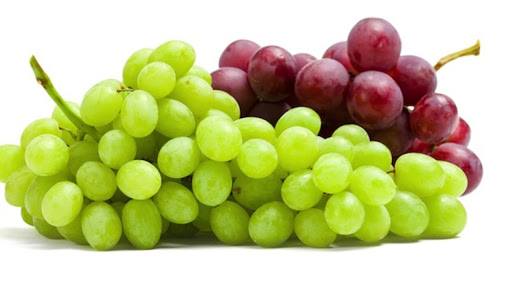
Often dismissed as “common,” green grapes are botanical berries and pack a surprising survival punch. Cultivated varieties like Thompson Seedless are sweet and easy to grow, while wild green grapes (like the fox grape or muscadine) offer tart, complex flavors. For foragers, wild grapevines signal a reliable food source — with edible leaves, tendrils, and fruit.
Green grapes are high in hydration, natural sugars, and antioxidants like resveratrol, which has heart-healthy benefits. In survival settings, they provide energy and hydration, while dried grapes (raisins) serve as lightweight, long-lasting snacks. Even the seeds (when present) are edible and rich in oil. Bonus: grapevines often grow near water sources, making them a useful environmental indicator.
3. Green Currants (Ribes sativum cultivars)
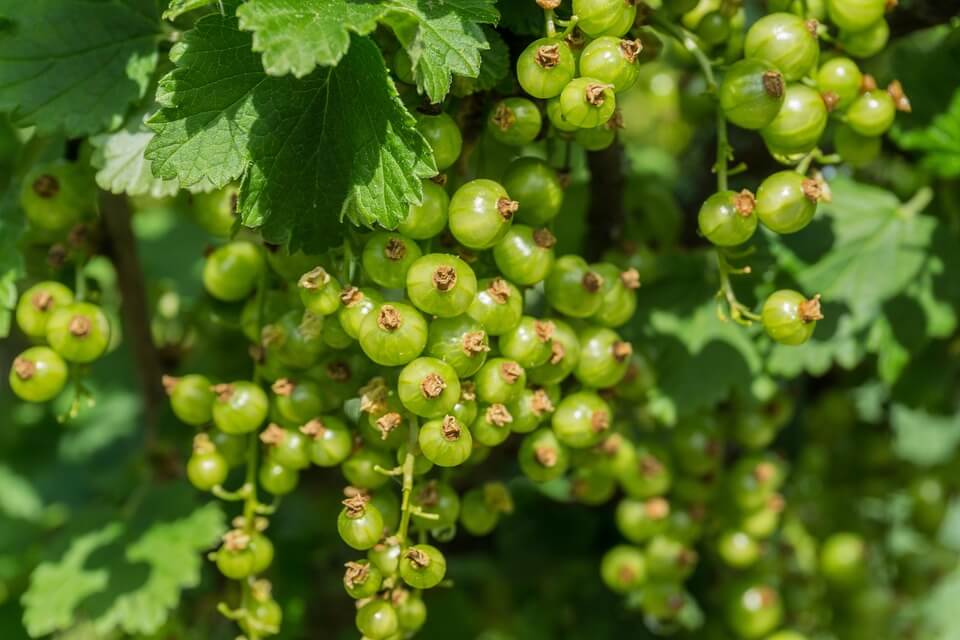
Less common than their red or black cousins, green currants are cultivated or occasionally found in the wild. Their flavor can range from delicately sweet to punchy and tart, depending on ripeness. Small, round, and often translucent, these berries grow in clusters and are loaded with vitamin C, potassium, and phytonutrients.
For foragers, green currants are a summer treat — especially in higher elevations or cooler climates. Though harder to spot, their pale color makes them less appealing to birds, which can work to your advantage. Currant bushes are also hardy and drought-resistant, making them a resilient option for permaculture enthusiasts and off-grid growers.
4. Cedar Berry
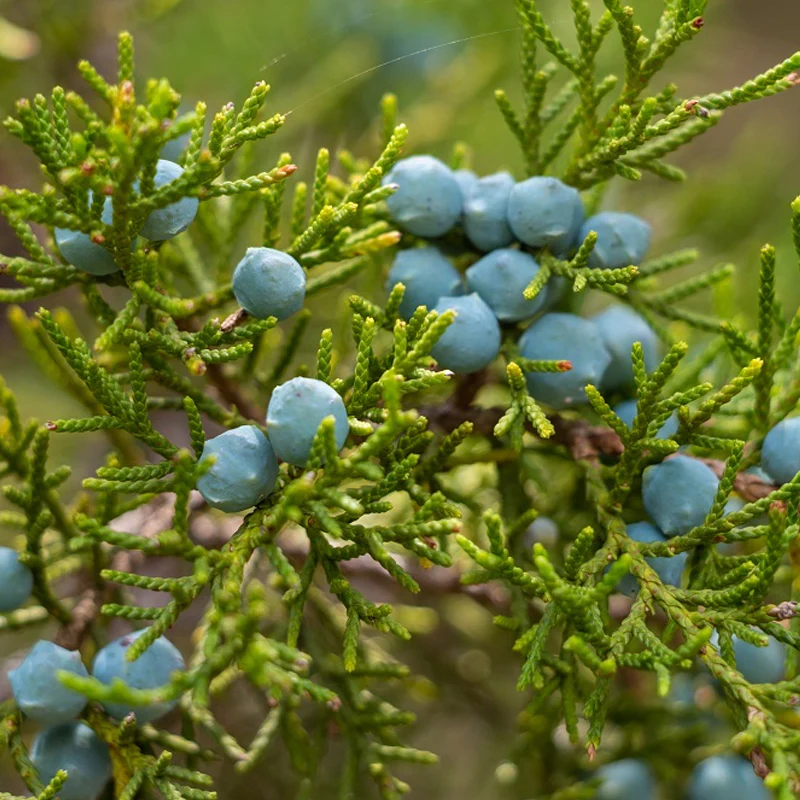
Often mistaken for blueberries or ornamental cones, cedar berries are the fleshy, green-to-blue seed cones of juniper trees — specifically Juniperus monosperma, common in arid regions. While not a true berry, they have been traditionally used by Indigenous groups for flavoring, medicine, and ceremony.
When green, cedar berries are intensely resinous, with a strong pine flavor. While not a survival food in bulk (they can irritate the kidneys in excess), they can be ground sparingly into seasoning or steeped in small doses for stomach ailments. Always positively ID the species — some junipers are toxic. For seasoned foragers, these “berries” offer a connection to ancient practices and a powerful, if pungent, pantry item.
5. Kiwi Berry (Actinidia arguta)
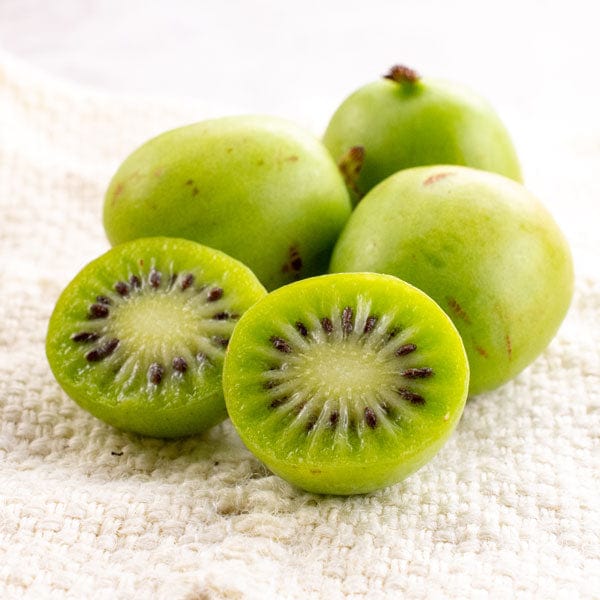
Imagine all the flavor of a fuzzy kiwi, but in a smooth, grape-sized berry you can pop in your mouth — that’s the kiwi berry. These green, cold-hardy relatives of the kiwi grow on vigorous vines and can be cultivated or occasionally found escaping cultivation in temperate regions.
Sweet, tangy, and packed with vitamin C, kiwi berries are a compact superfruit that requires no peeling. They’re especially prized by fruit lovers and permaculture gardeners, but their soft skin and fleeting ripeness make them rare in commercial markets — which makes them a joy to discover fresh off the vine. For survivalists, they offer fast energy and hydration, though they do require patience to establish if planted.
6. Green Mulberries (Morus species – unripe or white cultivars)
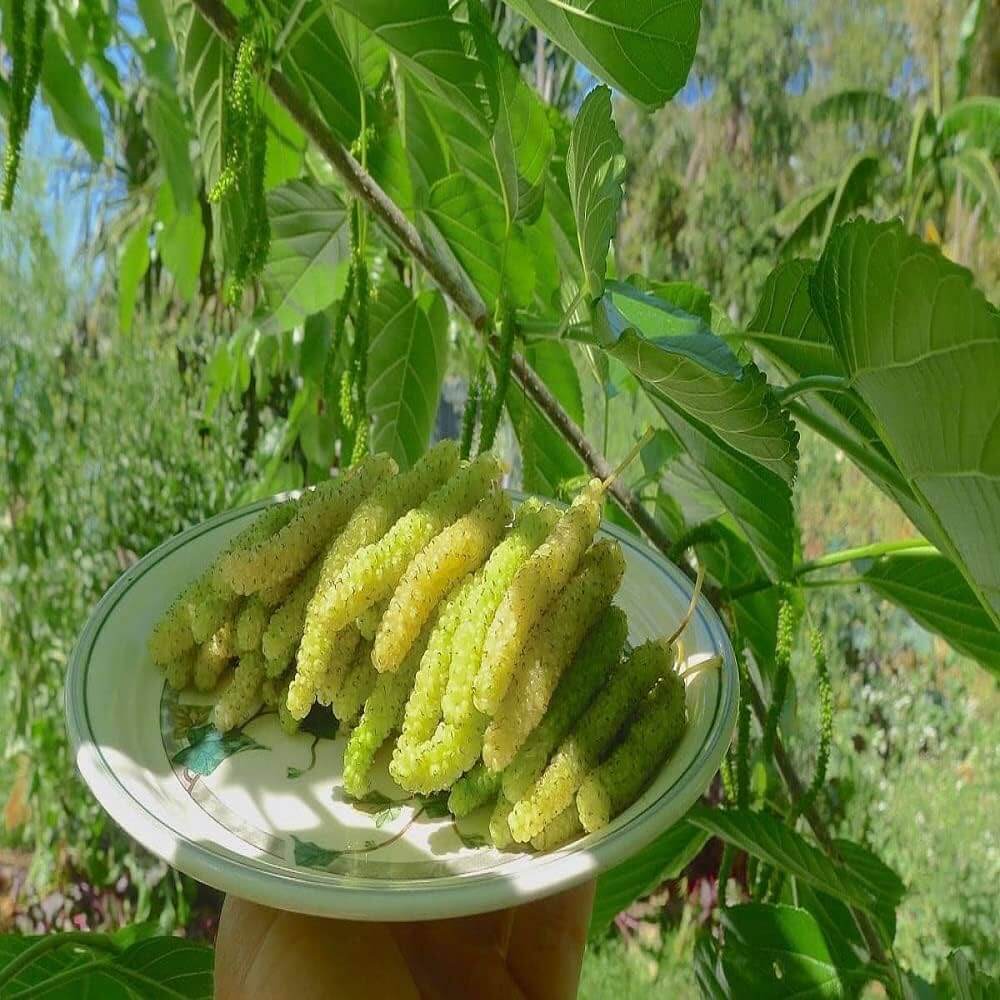
Most mulberries turn red, purple, or black when ripe, but some varieties, especially white or green cultivars like Morus alba, stay pale green or creamy yellow even when fully ripe. In the wild, green mulberries are usually unripe and sour — but when they soften slightly and lose bitterness, they become sweet and earthy.
Found on drooping branches of fast-growing mulberry trees, these berries are favored by birds and humans alike. The leaves are also edible when cooked and highly nutritious. For foragers, mulberries are a welcome sign of late spring or early summer. And for survivalists, the tree’s fast growth, edible fruit, and forage-friendly leaves make it an asset in wild or off-grid systems.
7. Feijoa (Pineapple Guava)
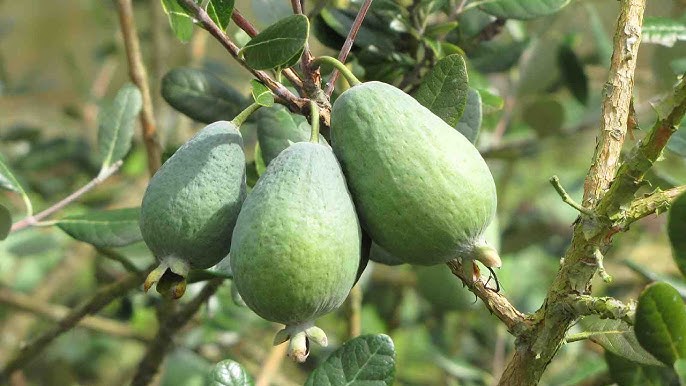
Feijoas may look like smooth, green guavas, but they are a unique berry with a flavor that defies description — think pineapple, mint, and bubblegum all in one. These egg-shaped fruits grow on small shrubs native to South America but thrive in temperate zones, making them a favorite among survival gardeners.
The entire fruit is edible, though most people scoop out the jelly-like center and discard the skin. They’re high in vitamin C and dietary fiber, and their aromatic, edible flowers attract pollinators and foragers alike. For anyone interested in long-term resilience, feijoas are drought-tolerant, deer-resistant, and productive with minimal care.
8. Caper Berries
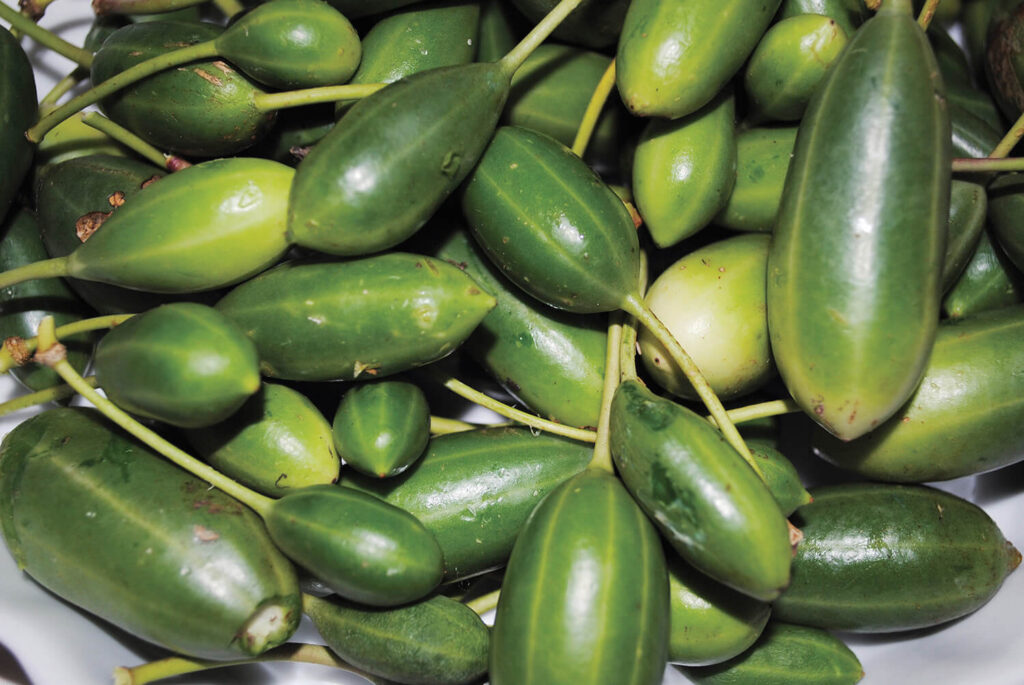
If you’ve ever eaten a caper, you’ve tasted the unopened flower bud of the caper bush — but let that bud mature and you’ll get the caper berry, an olive-sized, green fruit with a mild, lemony-briny flavor. Often pickled, caper berries are used in Mediterranean cooking, and while they’re rarely found wild in North America, they grow naturally in rocky, arid landscapes in parts of Europe, Asia, and Africa.
Caper berries are not a sweet treat but a savory, nutrient-dense fruit with high antioxidant levels and digestive benefits. For survivalists, the entire caper plant is of interest: drought-hardy, salt-tolerant, and capable of growing where few other crops survive. Foragers in Mediterranean climates may spot them clinging to stone walls and cliff faces.
9. Green Wild Nightshade Berries (Solanum species)
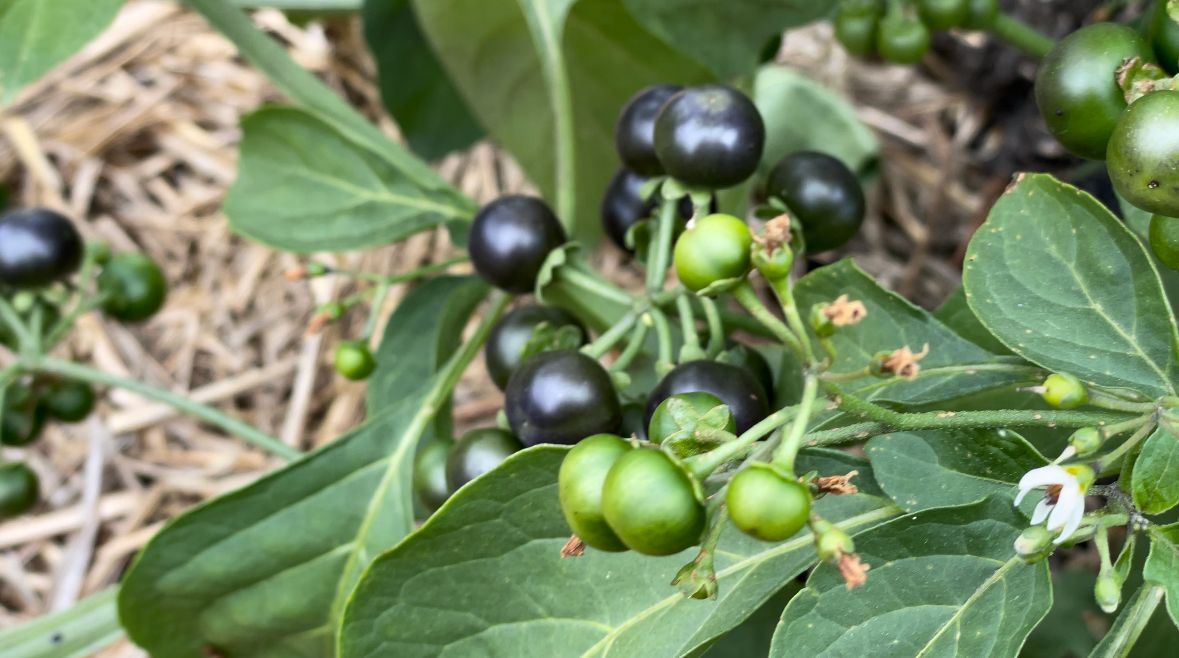
Nightshades are a tricky group — some are deadly, others medicinal, and a few are edible. Green nightshade berries, especially when unripe, are usually toxic and should be approached with extreme caution. Some species (like Solanum nigrum) are edible when fully ripe, but only certain strains — and always under the right conditions.
When green, these berries are especially dangerous, containing solanine, which can cause nausea, dizziness, and worse. For foragers, accurate identification is crucial. These berries are often found in disturbed soils, along roadsides, and field edges. If you’re not 100% sure of the species, do not consume — this is one area where it’s better to admire than to taste.
10. Green Poison Ivy Berries
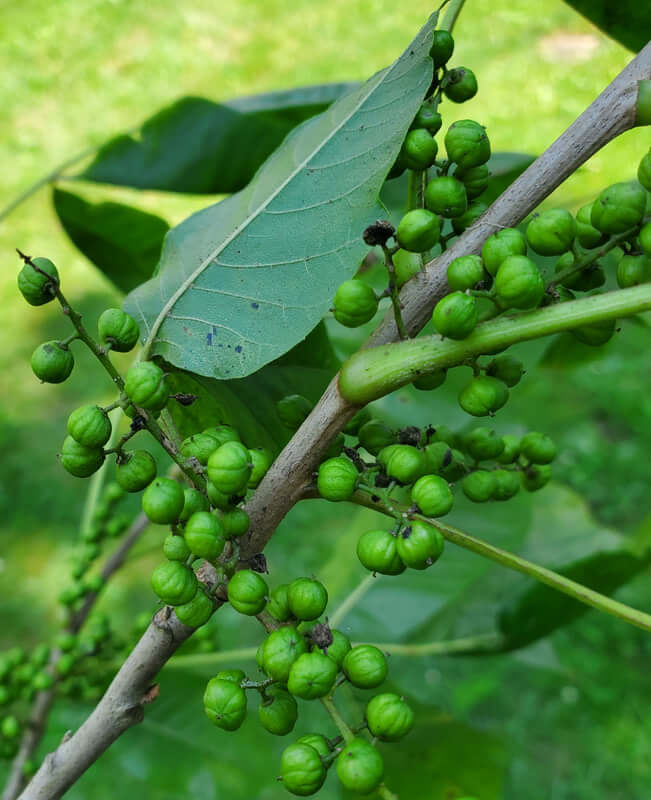
Small, clustered, and pale green to white, the berries of poison ivy are not something to forage — but every forager and survivalist should know them well. While birds can eat them safely, humans should avoid all parts of the plant, as the urushiol oil can cause severe skin reactions and even internal distress if ingested.
These berries appear in late summer and persist into winter, often clinging to vines that scale trees or creep across forest floors. They’re an important winter food source for wildlife, but for humans, they’re a strong reminder of why plant ID matters. Learn to spot them — and leave them alone.
11. Norse Nettle
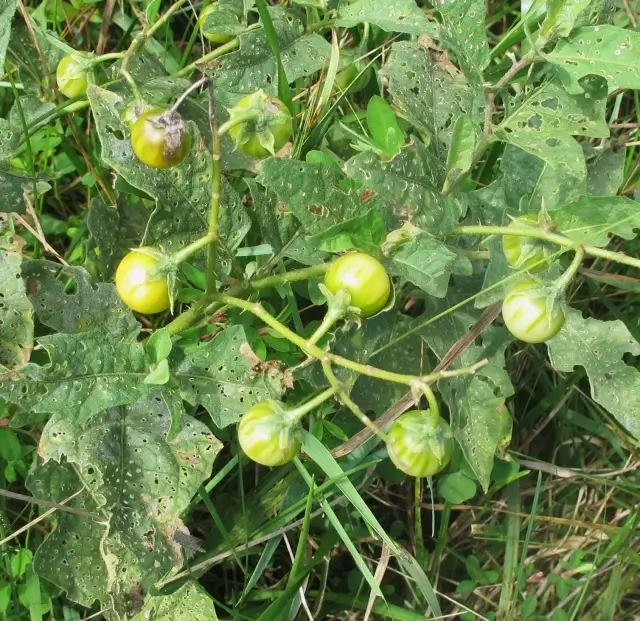
Despite the name, horse nettle is neither a true nettle nor safe for horses. Its small green berries ripen to yellow but are toxic in all stages, especially when unripe. Found in dry fields, pastures, and disturbed areas throughout North America, this thorny plant is part of the nightshade family and can be a hazard to unaware foragers.
The berries resemble small green cherry tomatoes but contain solanine, a potent toxin that can cause gastrointestinal and neurological symptoms. Survivalists should avoid this plant entirely — but knowing what not to eat is just as important as knowing what you can. When in doubt, leave horse nettle berries for the wildlife.
